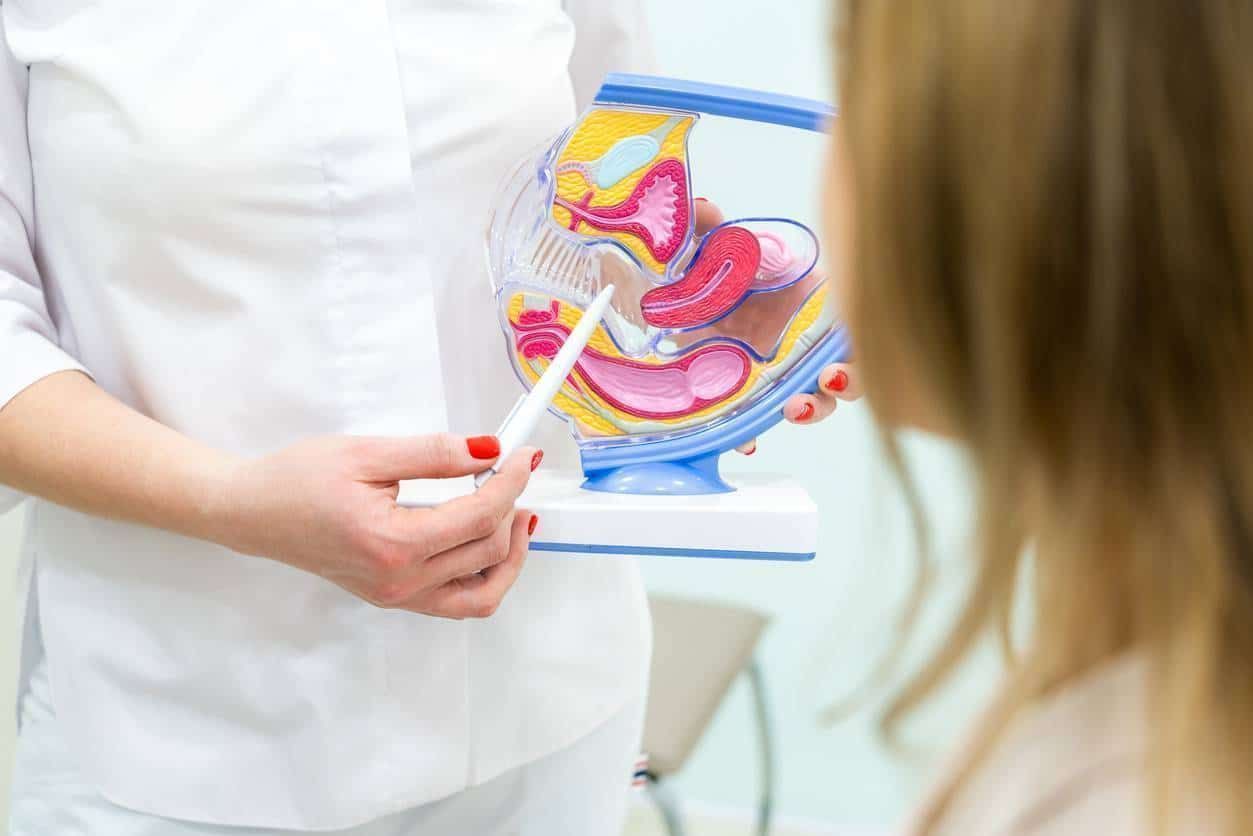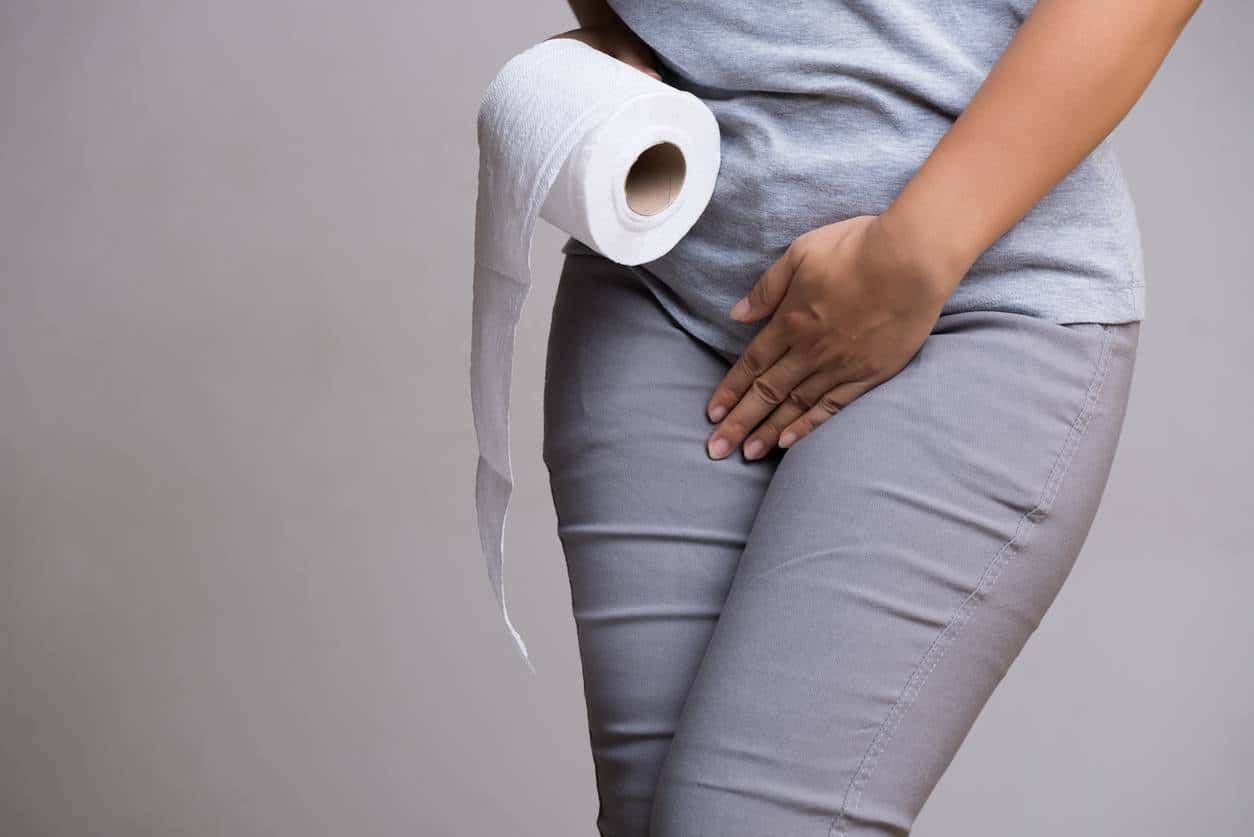
Bladder leakage: when can we talk about’incontinence ?
Many people think that’it n’It is not fair to’equate all forms of bladder weakness with a disease’incontinence. They often argue that the problem cannot be considered as’incontinence than when’it affects older people who do not have a driver’s license’no longer have the ability to hold it in. But is it really? ? From which symptomsôHow do I know if I have the right to take the highway code or in which cases does bladder weakness fall under the jurisdiction of the police?’incontinence ? Discover here the answers.
Urinary leakage and urinary incontinence: do these expressions say the same thing? ?
Urine leakage is an involuntary loss of urine’urinary problems that affect men, women and children alike, without distinction’age. L’The intensity with which it takes place can vary from a few drops only to several hundred milliliters. Urinary leakage can occur as a result of’a enuresis (leakage during sleep), a neurological pathology such as Parkinson’an incontinence, or’urinary imperiousness (leakage which occurs when the bladder is too full).
L’enuresis concerns mainly the young children, even if it can also appear at certain adults.
L’incontinence is also called urinary leakage. It can occur at any time’It can happen at any age, but it is considered a transient manifestation in this case’it is more frequent from the age of 50. In women, it can appear following a’pregnancy or pregnancy-related problems’and in women who have given birth’s, as a result of’a prostate problem (cancer, surgery…).
An overactive bladder can also lead to urinary incontinence an incontinence, especially in people who suffer from an overactive bladder’a narrowing of the urethra’urethra, of’a cystitis’an enlarged prostate gland or an overactive bladder’A neurological pathology such as Parkinson’s disease.
In terms of terminology, it is clear that’a real nuance cannot be ignored’The main factors that can aggravate this leakage are’incontinence. The two expressions designate the same realities and are in no way a fatality. As you can discover on specialized sites like Oplusmedical.There are many resources available to alleviate this problem urinary leakage and to overcome the problem.
As far as the medical equipment is concerned, you can think especially about protection against urinary incontinence’light, moderate or complex incontinence, such as diapers, panties, briefs and absorbent pants. These are modern solutions that can be used to treat the problem’It is important to know that the incontinence is not a disease, but rather a way of life that is adapted to your profile (teenager, young person, elderly person) and that constantly benefits from the support of your family and friends’innovations, that’it is’The purpose of this treatment is to prevent leakage or to eliminate odors and dermatological problems. These accessories offer levels of’absorption and some of them are not’between them’It is like wearing underwear that you can wear every day without discomfort.

The different types of’urinary incontinence
In reality, urine leakage or the lack of it is a problem for women’Incontinence is not a problem’Incontinence is not concretely a disease. It s’acts moreôt’a symptomômost often linked to a physical disorder. In order to know when the’If you want to talk to an individual, it is essential to know what to do’know the different types.
We distinguish seven of them.
L’urinary incontinence’effort
C’is the type of sexual activity’Incontinence is most frequent in women. It is characterized by a involuntary urine loss a small volume of urine that manifests itself in several ways. This occurs in an unsuspected way when small efforts are made that can put pressure on the bladder, such as coughing, laughing, sneezing or lifting a heavy object.
You can also feel the same way when you have a problem with your bladder’physical efforts during sport or work’sexual activity.
This form of’urinary incontinence generally reflects a weakening of the perineal muscles or the muscles of the urethral sphincter. It is very rare that’It is mentioned in men, except in a few cases of incontinence’prostate surgery (but it is not necessary to have it)’Most of the time it acts of’It is considered a transient manifestation in this case). L’urinary incontinence’effort Incontinence is a predominantly female problem that can occur after the menopause (due to a decrease in the production of urine)’œIt is most frequent in women over 50 years of age (mostly due to the use of hormones), during pregnancy or after the birth of a child’childbirth.
Apart from these cases, it can also affect women who do not have a’women who have never been pregnant or who are not menopausal. The main factors that can aggravate this leakage are’The causes of urine loss include smoking, alcohol abuse, and drug use’obesity, constipation, or a lack of appetite’Chronic sneezing.
To treat this type of incontinence’In addition to the work on reflexes and incontinence, the care to be recommended depends on the factors or the cause identified. Often, after the’If you have a chronic health problem that affects your ability to control obstructions in childbirth, a few daily perineal rehabilitation exercises can help strengthen weakened muscles. Also, a diet to lose weight can be advised when the problem is due to overweight. In the case of smoking, it is necessary to stop smoking.
In postmenopausal women, hormonal treatment can be used to treat the problem’When it is found to be necessary.
L’overactive bladder or urge incontinence
Also known as’urinary incontinence’In an emergency, this type of leakage is not a problem’Weak or bulky urine is often the result of a stroke’a chronic health problem that affects the control of menopauseôthe nervous system of the bladder. It is very common in women, but can also affect children and elderly men. The sufferer feels the urge to urinate too often’urination that does not always leave enough time to empty the bladder’to reach the toilet.
Sometimes, the simple fact of having a urinary incontinence is not enough’hear the’flow of the bladder’Water or thinking about urinating can trigger the onset of urinary incontinence’When this symptom is present, the person may have a large loss of bladder control’urine.
This problem is caused by an uncontrolled contraction of the urineôIt is very common in women, but it is not always possible to stop smoking’man by the’enlargement of the prostate gland. Factors common to both sexes can cause it: aging, bladder disease, trauma or neurological pathology, stroke, or other conditions’obstruction of the urinary tract or diabetes.
When this symptomôIf it is obvious, it is important to consult a doctor for a diagnosis. As a treatment, a series of urine tests are performed’Muscle strengthening exercises are usually sufficient to correct the problem.
Read also :
- How to prevent a stroke
L’mixed urinary incontinence
This type of’Urinary incontinence is a combination of several symptomsôThe most frequent combination of these symptoms is that of the bladder’men than in women. Generally, there are at least two forms of this disorder. In this case, the most frequent combination is the one of the bladder’urinary incontinence’stress and l’bladder hyperactivity.
This represents about a quarter of female urinary incontinence.
The phenomenon of overflow or urinary incontinence by overflow
C’is the most common case of bladder leakage that the’It is common to see this in people who are not used to it’man. It is’It acts as a barrier’A problem of urine retention’urine that prevents the bladder from emptying properly. In fact, the bladder empties drop by drop, not entirely and at all times.
This phenomenon occurs mostly at night. It can be the result of the side effects of certain medications, drugs or other drugs’a disorder of the prostate gland’It can be caused by a lack of bladder contractions, constipation problems or a lack of urine’obstruction of the urinary tract’urethra.
The right treatment to treat this type of incontinence’incontinence It can be medicated or it can consist of a urinary catheterization, permanent or intermittent.

L’functional incontinence
When’a person cannot get to the bathroom in time because of a stroke’When a physical or mental disorder is involved, it is said that’she suffers from’functional incontinence. This can be characterized by an alteration in controlôthe bladder, but this is not a problem’This is not always the case. Some people are able to hold it in, but can’t get to it themselves’at toilet due to’a mobility problem (hip fracture, osteoarthritis of the knee)…) or’cognitive impairment due to a stroke.
This phenomenon is mostly observed in the elderly.
L’post-micturition urinary incontinence
This form of’Incontinence is most common in older men. However, it can sometimes be seen in young men and in some women as well. The phenomenon is characterized by the constant presence of residues known as “delayed drops” as well as the sensation of not having emptied the bladder, even when one has just returned from the toilet.
Several possible causes are known for this problem, but the most common are the following’obstruction of the’urethra and the’weakening of the pelvic floor.
The right treatment to correct an post-micturition incontinence is often summarized in rehabilitation exercises.
Neurogenic bladder
When the’The origin of urinary leakage in an individual is related to neurological disorders (lesions that occurred as a result of an accident)’accident, multiple sclerosis, Parkinson’s disease…), this is called neurogenic bladder. These disorders can indeed affect the spinal cord or lead to a partial or even complete destruction of the sphincter that controls the teethôthe exit of urine, day and night’urine. This results in a continuous flow of urine and water’day and night.
This type of situation can occur as a result of’a prostate surgery for example. This can favour both the development of’a Leakage due to urgency, by overflow or mixed.
In each of the cases mentioned, we are faced with’a problem of’urinary incontinence. Nevertheless, what is’Whether it is benign or severe, the’incontinence’is not a fatality. There are many solutions to overcome it or to help you live with it on a daily basis.